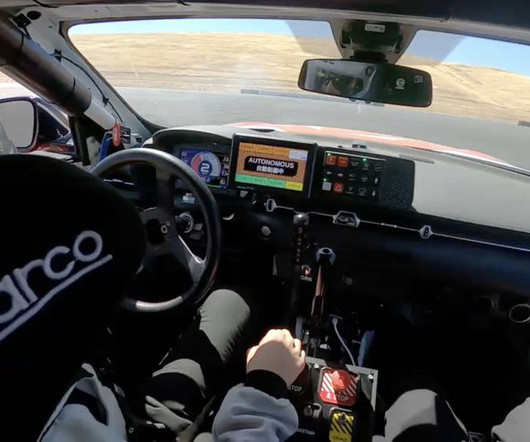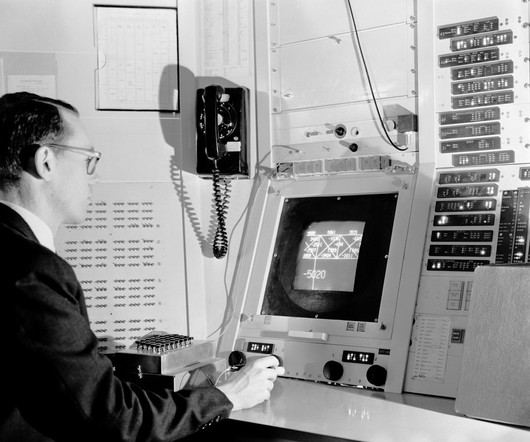UC Riverside team developing nav system that uses signals of opportunity; support for autonomous vehicles
Green Car Congress
OCTOBER 14, 2016
Led by Zak Kassas, assistant professor of electrical and computer engineering in UCR’s Bourns College of Engineering, the team presented its research at the 2016 Institute of Navigation Global Navigation Satellite System Conference (ION GNSS+), in Portland, Ore., in September. hackable). —Zak Kassas.












Let's personalize your content